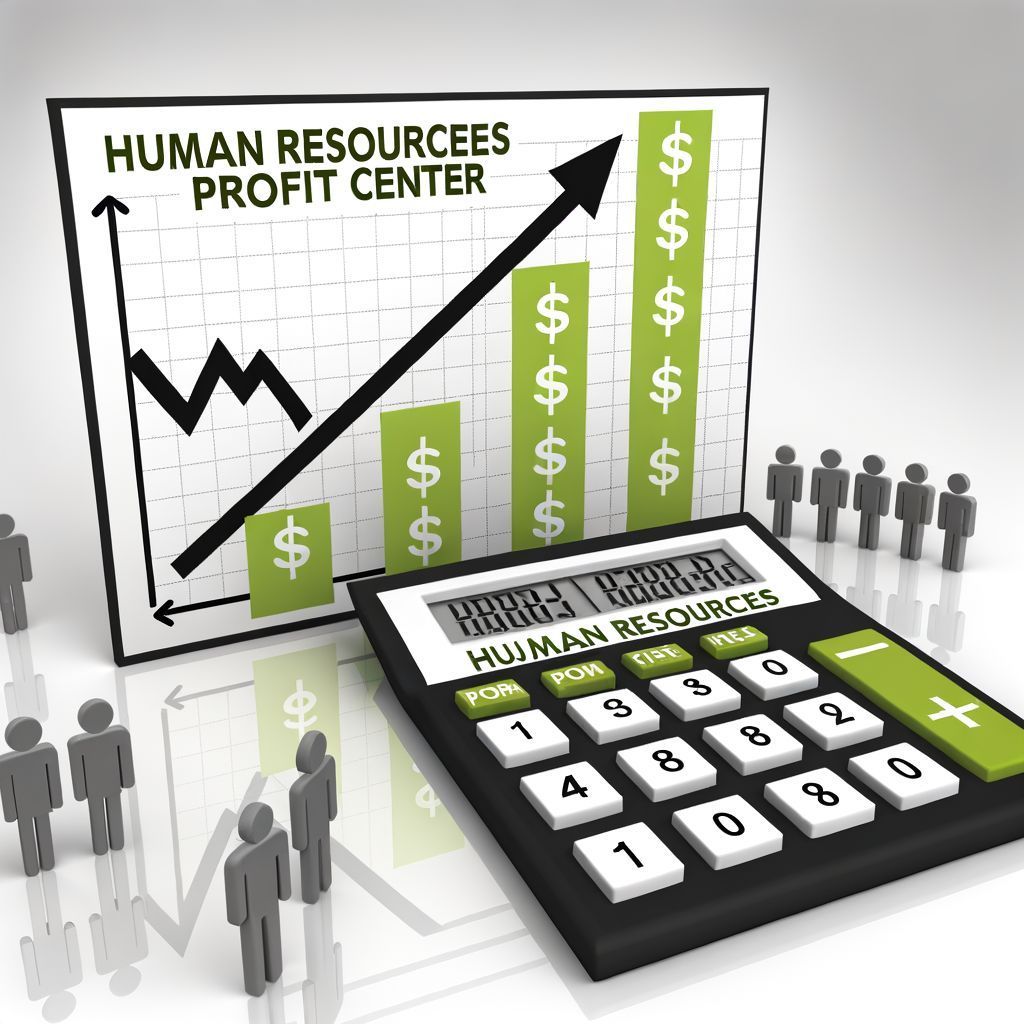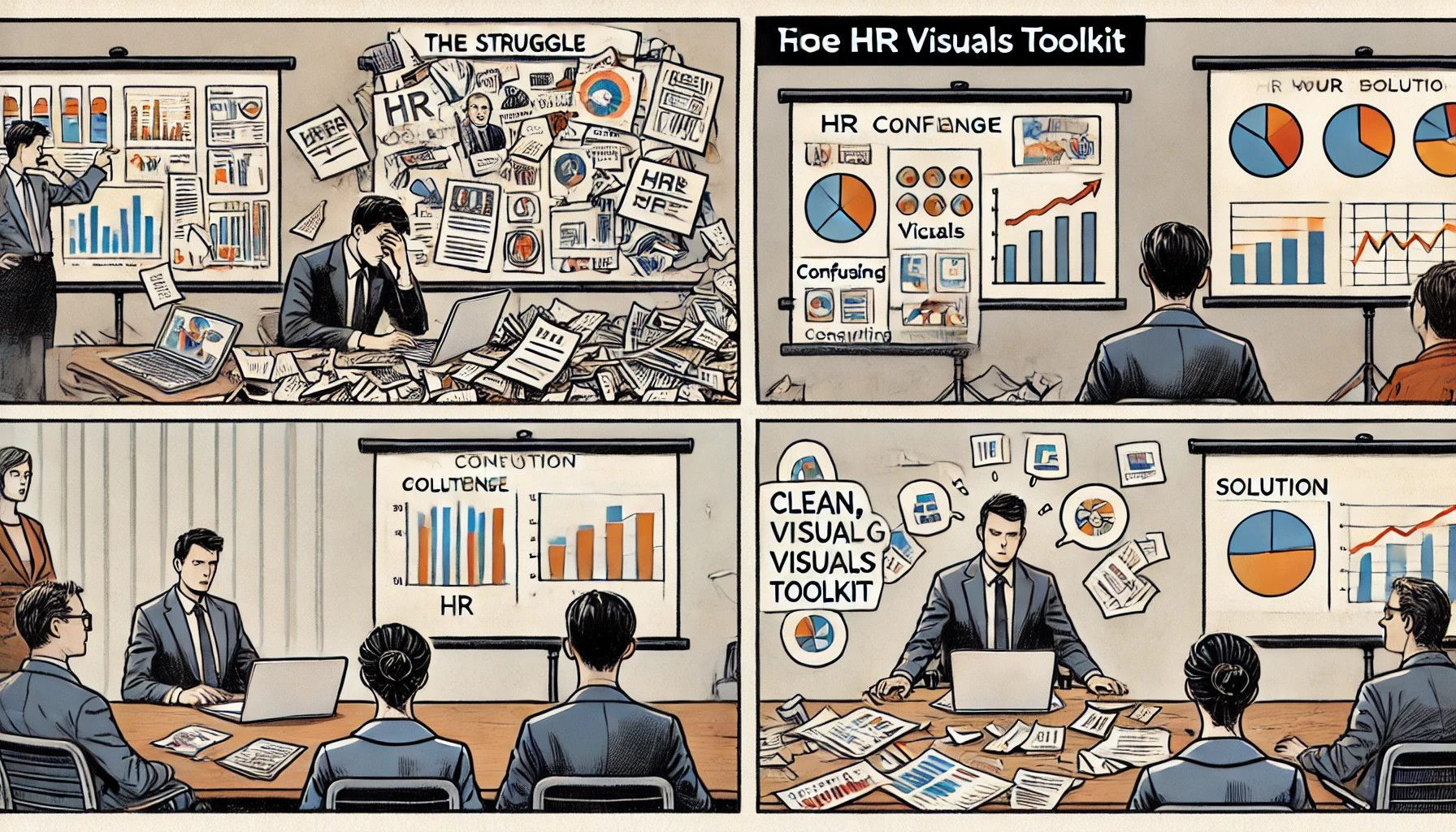DEI: Box-ticking virtue or profit engine?
Beyond Buzzwords: Unleashing Profitability Through Authentic DEI
For too long, Diversity, Equity, and Inclusion (DEI) has been relegated to a series of checkboxes and performative gestures. Companies tout surface-level statistics, often centered on gender representation, while failing to address the deeper, systemic issues that hinder true inclusivity. This approach is not only ineffective but also misses the massive profit potential that authentic DEI can unlock. We need to move beyond the mirage of mainstream DEI and embrace a more holistic, data-driven approach that fosters genuine belonging, and drives tangible business results.
Conventional gender-focused initiatives, while important, represent only a sliver of the DEI pie. They fail to acknowledge the multifaceted nature of diversity and the unique contributions of individuals from all walks of life.
Deconstructing Diversity vs. Inclusion: The Crucial Distinction
Many organizations conflate diversity with inclusion, assuming that simply increasing representation will automatically lead to a more equitable and productive workplace. Yes, diversity, in its simplest form, is about representation. But, it is a static metric that measures the presence of different demographic groups within an organization. This is why if DEI is going to be used as a tool to drive business forward, diversity alone is not enough. Without a concerted effort to foster inclusion, diverse teams can suffer from conflict, lack of collaboration, and decreased morale.
Inclusion, on the other hand, is about creating a culture of belonging where everyone feels valued, respected, and empowered to contribute their unique talents. You'll sometimes see this referred to as "bringing your whole self to work". It is about ensuring that everyone has equitable access to opportunities and resources, regardless of their background or identity.
Diversity efforts more often than not will fail to translate into tangible business benefits without a strong focus on inclusion. A 2019 study by Gartner found that while 76% of organizations have a diversity and inclusion strategy, only 35% of employees feel included at work (Gartner, 2019).
The Multifaceted Mosaic: Measuring Beyond Surface-Level Demographics
To unlock the full potential of DEI, your business must move beyond measuring diversity based on gender and race alone. A truly holistic approach considers a much broader range of characteristics. This includes age, socio-economic background, neurodiversity, disability, sexual orientation, lived experience, skills, and even personality traits. Each of these dimensions contributes to the richness and complexity of a diverse workforce. Advanced analytical tools, such as the Simpson Diversity Index, can help organizations measure diversity more accurately and identify areas where they are falling short. The Simpson Index, for example, measures the probability that two randomly selected individuals from a population will belong to different groups. A higher index score indicates greater diversity. By tracking these metrics over time, organizations can assess the effectiveness of their DEI initiatives and make data-driven adjustments.
A multifaceted approach to DEI will allow your business to tap into different perspectives and experiences that can lead to innovation and increased profitability.
Data-Driven DEI: Connecting Diversity to Business Outcomes
The link between diverse teams and positive business outcomes is well-documented. A McKinsey study found that companies in the top quartile for gender diversity on executive teams were 25% more likely to have above-average profitability than companies in the bottom quartile (McKinsey, 2020). Similarly, companies in the top quartile for ethnic and cultural diversity were 36% more likely to outperform those in the bottom quartile. These findings underscore the importance of diversity at all levels of an organization. Diverse teams are often more innovative, better at problem-solving, and more attuned to the needs of a diverse customer base. For example, a study by Harvard Business Review found that companies with more diverse management teams generate 19% more revenue from innovation (Harvard Business Review, 2018). Furthermore, diverse teams are better at penetrating new markets and building stronger relationships with customers from different backgrounds.
Investing in authentic and comprehensive DEI initiatives is not just the right thing to do; it is also a smart business strategy. By tracking key metrics such as employee satisfaction, retention rates, and revenue growth, your business can demonstrate the ROI of your DEI investments and build a compelling case for continued progression of DEI initiatives.
From Policy to Practice: Cultivating a Truly Inclusive Culture
Creating a truly inclusive culture requires more than just implementing policies and procedures. It requires a fundamental shift in mindset, culture, and a commitment to fostering a sense of belonging for all employees. Innovative DEI programs that go beyond tokenism can help your business achieve this goal. Mentorship programs, for example, can provide valuable support and guidance to employees from underrepresented groups, helping them to develop their skills and advance their careers. Leadership development programs can equip managers with the skills they need to lead diverse teams effectively. Reverse mentoring programs, where junior employees mentor senior leaders, can help to bridge generational gaps and promote a more inclusive leadership style.
To further help your initiatives to succeed, it's also crucial to address systemic biases that may be embedded in your businesses processes and practices. This includes reviewing your hiring practices, performance evaluations, and promotion criteria to ensure that they are fair and equitable. Intersectionality, which recognizes that individuals can experience multiple forms of discrimination based on their overlapping identities, must also be taken into account.
Navigating the Pitfalls: Why Diversity Initiatives Sometimes Backfire
Despite the best of intentions, diversity initiatives sometimes backfire, leading to unintended consequences and even resentment among employees. One common mistake of DEI initiatives is focusing too much on numbers and quotas (because that's often the easy bit) without addressing the underlying cultural issues that perpetuate inequality. This can lead to tokenism, where individuals from underrepresented groups are hired or promoted simply to meet diversity targets, without being given the support and resources they need to succeed. Another pitfall is failing to address resistance and backlash from employees who feel threatened by DEI initiatives. This can be particularly challenging in organizations where there is a strong culture of privilege and entitlement. Overcoming these obstacles requires a proactive and transparent approach. To have an effective DEI program, your business must clearly communicate the rationale behind your DEI initiatives, address employee concerns, and create opportunities for dialogue and feedback. It is also essential to continuously evaluate the effectiveness of DEI programs and make adjustments as needed. Finsally , be transparent with your employees about the effectiveness of these programs, and invite input from them about how things can be improved.
The Future of DEI as a Strategic Imperative
That we live in a more diverse and interconnected world is a fact, whether organizations choose to acknowledge it or not. Authentic DEI is not just a trend or a compliance requirement; it is a strategic imperative for organizations that want to thrive in today's increasingly diverse and competitive world. By embracing data-driven strategies, fostering a culture of genuine inclusion, and continuously evaluating progress, your business can also unlock the full potential of your workforce and drive long-term profitability. HR professionals and senior business leadership have a crucial role to play in championing this vision and leading the charge towards a more equitable and inclusive future.
The future of DEI is not just about ticking boxes or meeting quotas; it is about creating a workplace where everyone feels valued, respected, and empowered to contribute their unique talents. It is about recognizing that diversity is not a liability, but a core competitive advantage. By embracing this mindset, your business can not only improve your bottom line but also make a positive impact on society as a whole.
With DEI initiatives currently under fire, it's important to distinguish between token, feel good initiatives implemented for their own sake, and DEI initiatives that generate real, tangible results for businesses. It's time to transform your business through your people agenda. Connect with us at #MDataConsultants- https://www.linkedin.com/company/mdata-consultants/
References
- Gartner. (2019). Inclusion and Diversity: Building a Culture That Matters.
- McKinsey. (2020). Diversity wins: How inclusion matters.
- Harvard Business Review. (2018). The Mix That Matters: Innovation Through Diversity.






